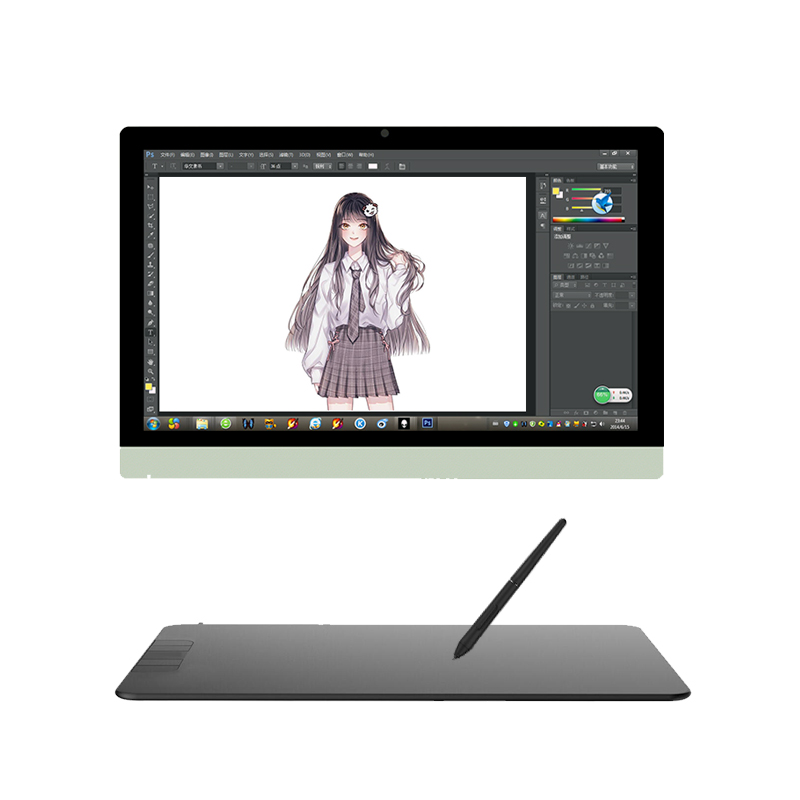Making Lines Obey: A Guide to Effective Use of Drawing Boards
When art student Xiaotang first propped her drawing board on the easel, she felt frustrated by the crooked lines the pencil scraped across the paper. Clearly, she had followed the angle shown in the tutorial, yet every time she turned her wrist, the lines would swim away like naughty little fish. Later, she realized that the effectiveness of a drawing board is never just about "unfolding it and starting to draw"; it lies in the details of getting along with the tool.

Choose the Right Angle to Relax Your Shoulders First
Veteran artists always say, "The drawing board should follow the strength of your arm," and there's a simple truth in those words. How to adjust the tilt angle of the drawing board? For detailed engineering drawings, it's best to set the board at a 30° angle to the table. At this angle, your line of sight falls vertically on the paper, and the scale lines won't be distorted by perspective. For sketching, you might as well raise the angle to 45°. When your arm hangs naturally, your elbow can rest steadily against your body, avoiding shoulder soreness from long hours of drawing. Later, Xiaotang put an adjustable bracket under the board and found that when the board tilted slightly towards her, the pencil's trajectory became much more obedient. It turns out that the first step to making lines obey is to put your body in a comfortable state first.
Tool Matching: Building a Bridge for Inspiration
A drawing board isn't a lonely piece of wood; its "good partners" can double efficiency. Don't leave the magnetic strip on the left empty. Attach your commonly used set squares and compasses to it, which saves half the time compared to rummaging through a tool bag. You might as well stick a sticky note on the lower right corner to jot down sudden size data, so you won't forget key parameters halfway through drawing. Once, a senior from the architecture department came to borrow the drawing board, and Xiaotang saw him stick a soft ruler on the edge of the board. "When drawing long lines, sliding along the edge of the ruler is much straighter than drawing freehand," the senior said while demonstrating. The pencil slid along the soft ruler, leaving a straight line like a stretched string. It turns out that the harmonious cooperation of tools can make inspiration flow more smoothly.
Details Lie in the "Blank Space"
Anyone who has used a drawing board knows that the neatness of the desktop quietly affects the mood of the lines. Don't cover the entire board with paper. Leave a palm-sized blank space on the right side where you can rest your arm when tired. The eraser is best placed in the upper left corner to avoid smudging the wet handwriting when you lift your hand. Once, Xiaotang was in a hurry to stick the paper on the board while rushing to finish a design draft. As a result, the tape was stuck crookedly, and she found the perspective was all wrong halfway through. Later, she developed a habit: before laying the paper, she first drew a reference line along the edge of the board with a T-square, and stuck the tape along the line. Even if she drew late into the night, the paper would be as neat as a line of soldiers. These seemingly trivial "blank spaces" actually leave room for rigorous creation to breathe.
As the setting sun filtered through the studio window, a nearly finished landscape design lay on Xiaotang's drawing board. The pencil wander across the paper, occasionally pausing to align the angle with a set square. The sunlight cast the shadow of the ruler on the board, like building a stable bridge for the lines. She suddenly realized that the effectiveness of a drawing board is never about making creation "effortless," but about providing just the right support so that every serious stroke can land steadily where it should be. When the last line was finished, a soft sound seemed to come from the wood grain of the board—that's the gentle echo when the tool and the heart are in harmony.